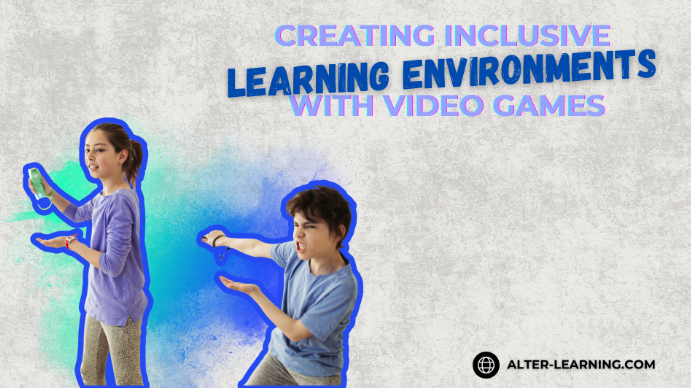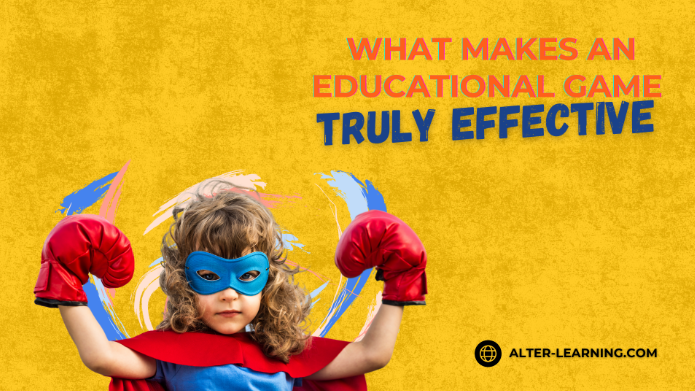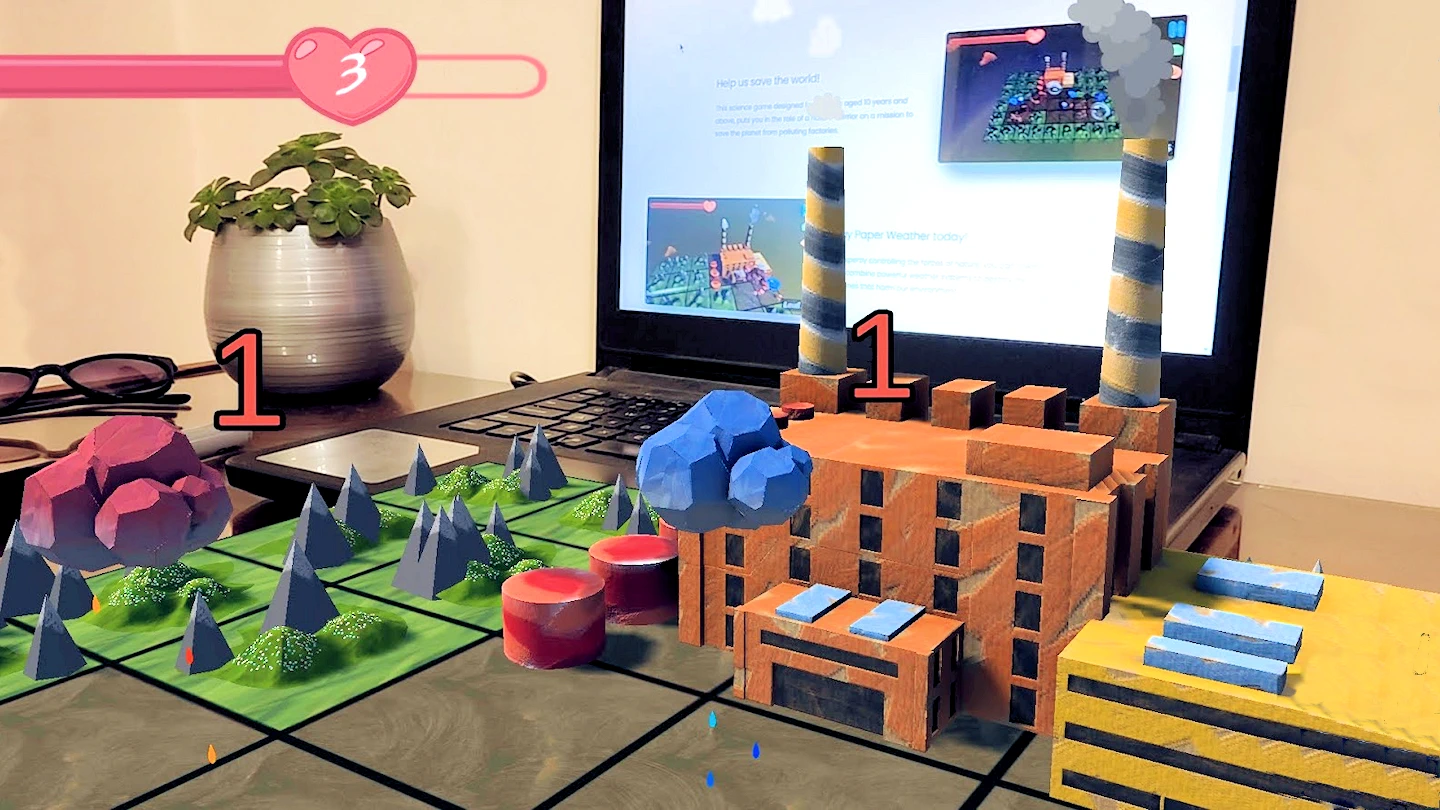Education is most effective when every student feels seen, supported, and capable of success. But building truly inclusive classrooms — where diverse learning styles, backgrounds, and abilities are embraced — can be a complex challenge. One tool that can help is interactive educational games. When thoughtfully designed, video games can support accessibility, engagement, and equity, providing students with different ways to connect with content, collaborate with peers, and build confidence.
Through immersive technology, STEAM-related learning, and purposeful design, video games can contribute to learning environments where all students have the opportunity to thrive.
How Video Games Can Support Inclusion
Educational games can offer a level of flexibility and personalization that’s often hard to achieve with one-size-fits-all instruction. By allowing students to engage with content at their own pace, experiment in low-pressure environments, and express themselves through interactive tasks, games may help break down barriers to participation.
Games that promote inclusion often include:
- Adaptive difficulty levels, so learners can progress based on their needs,
- Visual and auditory accessibility features, such as colorblind modes or audio prompts,
- Multiple learning pathways, allowing for different approaches to problem-solving,
By integrating these features into the foundation of game design, platforms can help make learning more accessible to a wide range of students.
Supporting Diverse Learning Styles
No two students learn the same way. Some may thrive with hands-on exploration, while others benefit from visual cues or structured step-by-step challenges. Interactive educational games can offer a variety of formats to engage different types of learners.
For example, immersive learning environments can support:
- Visual learners, through 3D geometry puzzles, interactive simulations, and spatial reasoning tasks,
- Auditory learners, with guided narration, sound cues, and music-integrated challenges,
- Logical learners, through engineering challenges for students and math puzzle games that reward reasoning.
By offering multiple modes of interaction, games can help more students engage meaningfully with the content.
Fostering Social Inclusion and Collaboration
Inclusion isn’t just about access to content — it’s also about building a sense of belonging. Multiplayer games, co-op environments, and collaborative tasks can encourage students to work together, communicate, and appreciate different perspectives.
Features that may promote social inclusion include:
- Team-based problem-solving, where diverse contributions strengthen group success,
- Role-based collaboration, giving students different responsibilities to reflect their strengths,
- Wellness-focused spaces, where learners build social-emotional skills in supportive, low-pressure environments,
- Narrative elements, providing diverse characters, stories, and cultural experiences to reflect students’ identities.
These elements can help students feel connected, valued, and empowered — key components of an inclusive learning space.
Removing Barriers Through Accessibility-Focused Design
Technology can sometimes create new barriers — but with intentional design, it can help remove them. Educational platforms that prioritize accessibility often collaborate with educators, developers, and specialists to create features that support students with:
- Sensory sensitivities, through customizable visual and audio settings,
- Learning differences, with scaffolding, progress tracking, and adjustable pacing,
- Physical challenges, by offering flexible input methods or simplified controls,
- Social-emotional needs, providing safe spaces for self-expression and confidence-building.
These design choices are part of an ongoing process to make interactive STEAM learning and educational games more inclusive for all.
Inclusion Is a Journey, Not a Destination
Creating inclusive learning environments with video games doesn’t happen overnight. It requires ongoing collaboration, thoughtful feedback, and a commitment to meeting students where they are. At Alter-Learning, accessibility and inclusion are part of an active development process — where new features, adjustments, and educator insights help ensure that games support more learners, more effectively.
When educational games are designed with inclusion in mind, they can help create classrooms where curiosity, creativity, and collaboration are truly for everyone.
Follow Alter-Learning for more insights into immersive education, edtech success stories, and the future of learning. Want to explore how VR/AR could transform your school or learning platform? Let’s connect.




